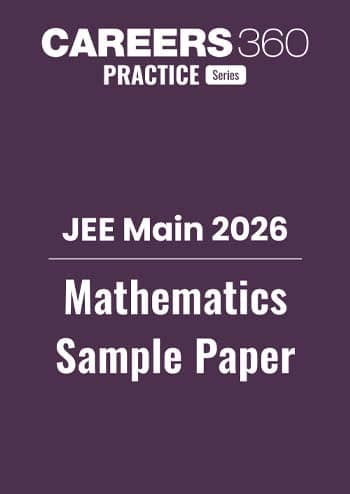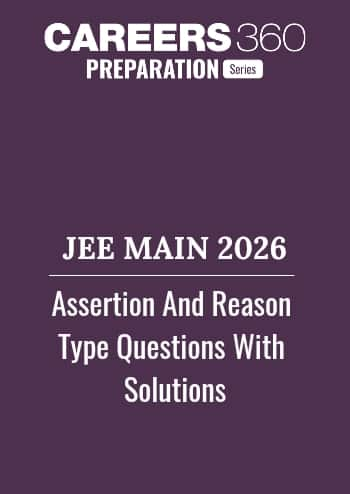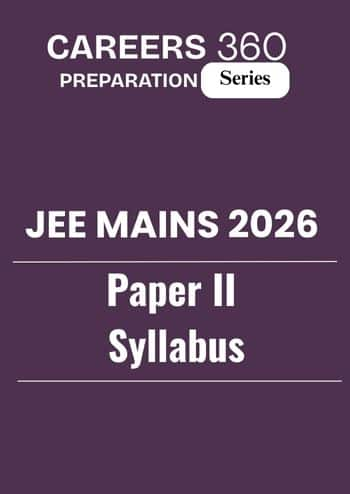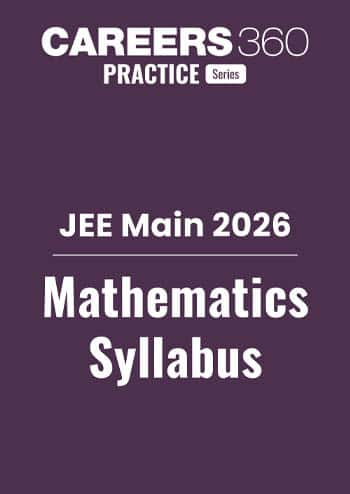Method of Difference - Practice Questions & MCQ
Quick Facts
-
12 Questions around this concept.
Solve by difficulty
The sum of the series
is equal to:
In a triangle , if
is
and medians through
and
are
and
respectively, then
is:
If $t_n$ denotes the $n^{\text {th }}$ term of the series $2+3+6+11+18+\ldots$ then $t_{50}$ is
Latest: Free All-India JEE Main 2026 Mock Test - Attempt Now
JEE Main Sample Papers: Physics | Chemistry | Maths | Top 30 Repeated Questions
JEE Main QP & Mock: Previous 10 Year Questions | Chapter Wise PYQs | Mock test Series
JEE Main Most Scoring Concept: January 2025 Session | April 2025 Session | Overall
The sum of
$(1^{2}-1+1)(1!)+(2^{2}-2+1)(2!)+...+(n^{2}-n+1)(n!)$
is
Let $\mathrm{S}_{\mathrm{n}}=\frac{1}{2}+\frac{1}{6}+\frac{1}{12}+\frac{1}{20}+\ldots$ upto n terms. If the sum of the first six terms of an A.P. with first term p and common difference p is $\sqrt{2026 \mathrm{~S}_{2025}}$, then the absolute difference between $20^{\text {th }}$ and $15^{\text {th }}$ terms of the A.P. is
The value of $\lim _{n \rightarrow \infty}\left(\sum_{K=1}^n \frac{k^3+6 k^2+11 k+5}{(k+3)!}\right)$ is:
Concepts Covered - 1
METHOD OF DIFFERENCES (Shortcut)
To find the $\mathrm{n}^{\text {th }}$ term of the series, you can use the following steps:
If the sequence of the first consecutive difference is in A.P., then the $n^{\text {th }}$ term, $T_n=a n^2+b n+c$ or $a(n-1)(n-2)+b(n-1)+c$, where $a, b$ and $c$ are constants. To find the value of $a, b$ and $c$ put $n=1,2,3$ and put the value of $T_1, T_2, T_3$.
If the sequence of the first consecutive difference is in G.P., then the $n$th term, $T_n=a r^n+b$, where $a$ and $b$ are constant terms and $r$ is the common ratio of GP. To find the value of $a$ and $b$ put $n=1,2$ and put the value of $T_1, T_2$
Study it with Videos
"Stay in the loop. Receive exam news, study resources, and expert advice!"













